Every year, Kenting National Park Headquarters (KNPHQ) organizes many humanities-oriented ecological tours. Writer Liu Huan-Yueh was invited to collaborate with the Park to organize a series of local cultural activities where participants can experience local culture; the activities have successfully drawn in participants of all ages.
Having done in-depth work in the local community, Liu Huan-Yueh believes that only by living in a community for an extended period of time can one truly understand the essence of that community. In the past, Liu has worked with KNPHQ to write three books: History Written on Coral Rock, Liangkiau Settlement 18 and the Seqalu Tribe, and What Storm Led to the Mudan Incident? An honest writer, Liu always visits the local region before writing about it. He conducts investigations and interviews elderly locals. Through field research and oral history, he carefully plans the contents of every chapter, in the hope that his words can help the public truly understand changes in the local environment and history.
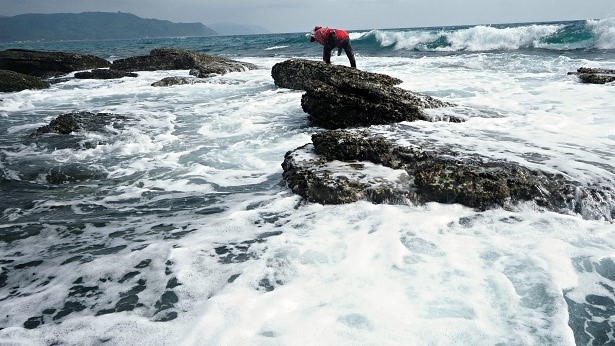
before writing about it. He conducts
investigations and interviews elderly locals
The "coral stone salt" of Hengchun Peninsula has always been a fascinating part of folk culture. In the past locals would make use of seawater in coral stones caves or artificial "salt caves". After a series of natural processes such as sun exposure and strong monsoons, the saltwater turns into brine, and then crystallizes into salt.
The Checheng Houwan Community had wanted to rebuild the salt caves from concrete, but as the coral coast is part of Kenting National Park, reconstruction plans were difficult to implement. In the end, with the hard work of Liu Huan-Yueh, the community successfully replicated one of the ancient salt-boiling tools, a laopen. Liu used modern technology to improve the laopen tool - which has over 1000 years of history - thereby restoring the glory of Houwan's traditional sea salt industry.

one of the ancient salt-boiling tools, a laopen
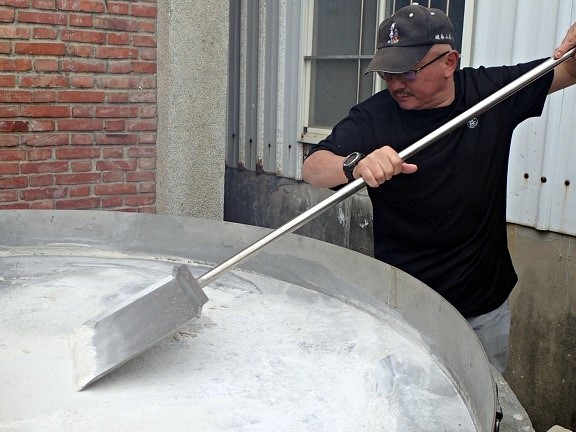
Besides tracing history, Liu also hopes that cultural tours integrate the uniqueness of the local agriculture. For example, the local small radish gû‑khi̍t‑á, named after the short wooden stake used to tie up cattle, is small and pleasing to the eye, and has a particularly sweet and mellow taste. To turn the radish from a side into the star ingredient, Liu Huan-Yueh compiled local "old people food" recipes, and invited Chef Lin Chiu-Yueh of the local Longshui Restaurant to cook the first ever radish banquet, allowing the public to gain an intimate experience of local produce at the tip of their tongues.
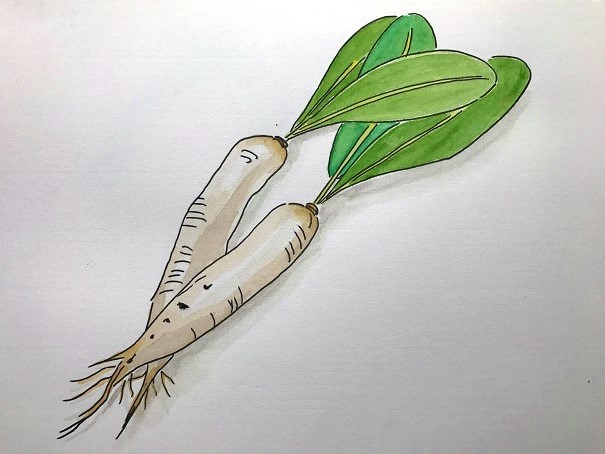
agricultural product in Hengchun Peninsula
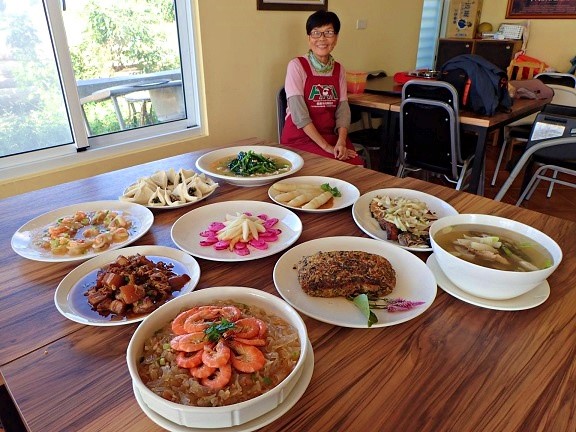
Restaurant and her radish banquet
In 2017 Liu Huan-Yueh collaborated with Liu Yu-Ching and the KNPHQ to publish the book Liangkiau Culture, Peninsula Scenery, which presents the area's industries, culture, people, food, communities, and other local aspects. The book also includes QR codes that readers can scan to access 18 fascinating short documentaries, videos on how to cook local produce, and find recommended stores. His constant love for the land is evident in the hard work and careful consideration he puts into planning tours, publishing books, and marketing local produce.
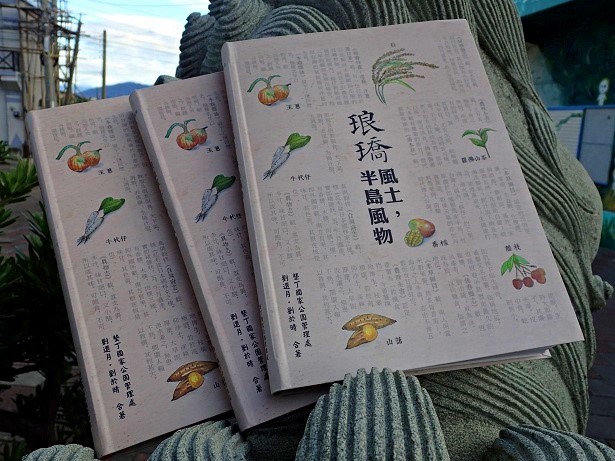
which presents the area's industries,
culture, people, food, communities, and other local aspects
